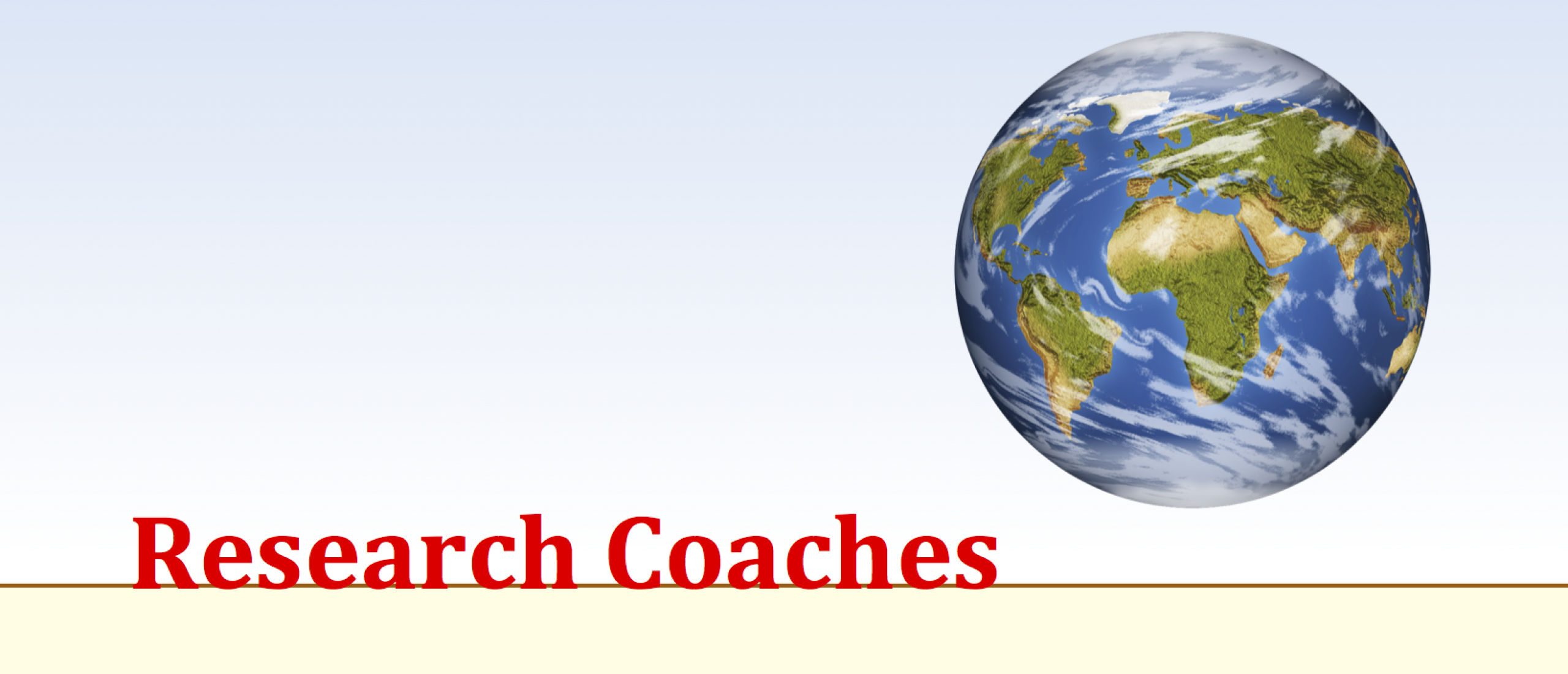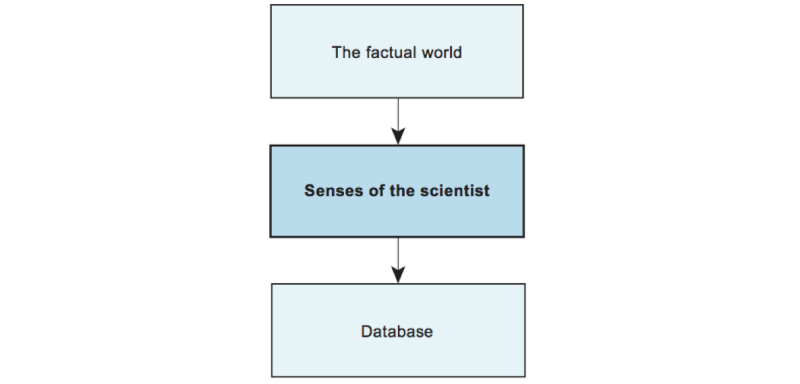
Observing (as a research technique)
Observing is systematically gathering data from the empery with the senses. The observed data are used for the analyses to answer the research question.
If you think observation is easy, I think you are wrong. You could say that it is easy, because what you have to report are the things you see, hear, taste, smell or feel. But as you know, people sometimes hallucinate, sometimes people are misled by the environment of what they see, hear, taste, smell or feel, and people give their own interpretation of what they experience. If five people have viewed an accident, the police receive five different descriptions of that accident. Senses are therefore not really reliable.

To get valid and reliable information, scientists can record the information they want to analyse. The advantage of a recording is that it can be played as often as necessary. In addition, the scientist can show these recordings to other scientists. Now his research can be replicated by other scientists and this improves the quality of the research.
Furthermore, if the observations are recorded, they can be coded by two or more people. If both (or more) observers give the same scores to the observed material (this can be done by calculating a correlation between the scores) there is high interobserver reliability.
A point of care has to be noted. People who know that they are being watched, behave differently than they usually do. In daily life, when people watch a police officer they will behave in a more correct way when the police are out of sight. (In case you think policemen don’t have any impact, please replace the word by mother.) In science two types can be distinguished: observing without telling the people they are being observed, versus observing people who know they are being observed. The first one isn’t always legal and for the second one you need an informed consent.
Another point which makes observing difficult as a scientific method is that it should be done systematically. One cannot sit down somewhere and merely watch what is going on. Any observation would be an accidental occurrence. Probably it will not be clear what triggered this observed behavior nor how often it occurs. Therefore a protocol is needed. In that protocol at least two aspects should be described.
First of all, it should be clear what has to be watched. It is rather easy to count the number of people in a room, but it is far more difficult to observe how they interact. In a protocol the exact behavior could be described and how it is coded. Most of the time the type of behavior is registered and the time this behavior is displayed.
In the second place, the place and the time of observation should be described. The behavior of visitors of a museum can be recorded every Tuesday and Thursday from nine to twelve, but maybe the scientist will get a totally different view when the observations were made on Saturday and Sunday from eleven to three o clock.
Observing is one of the five methods for gathering data to fill a database. The other four are interviewing, measuring with instruments, copy and transferring data, and generating. Every method is described separately. On this page we will describe what observing is and what kind of problem a scientist will encounter.


